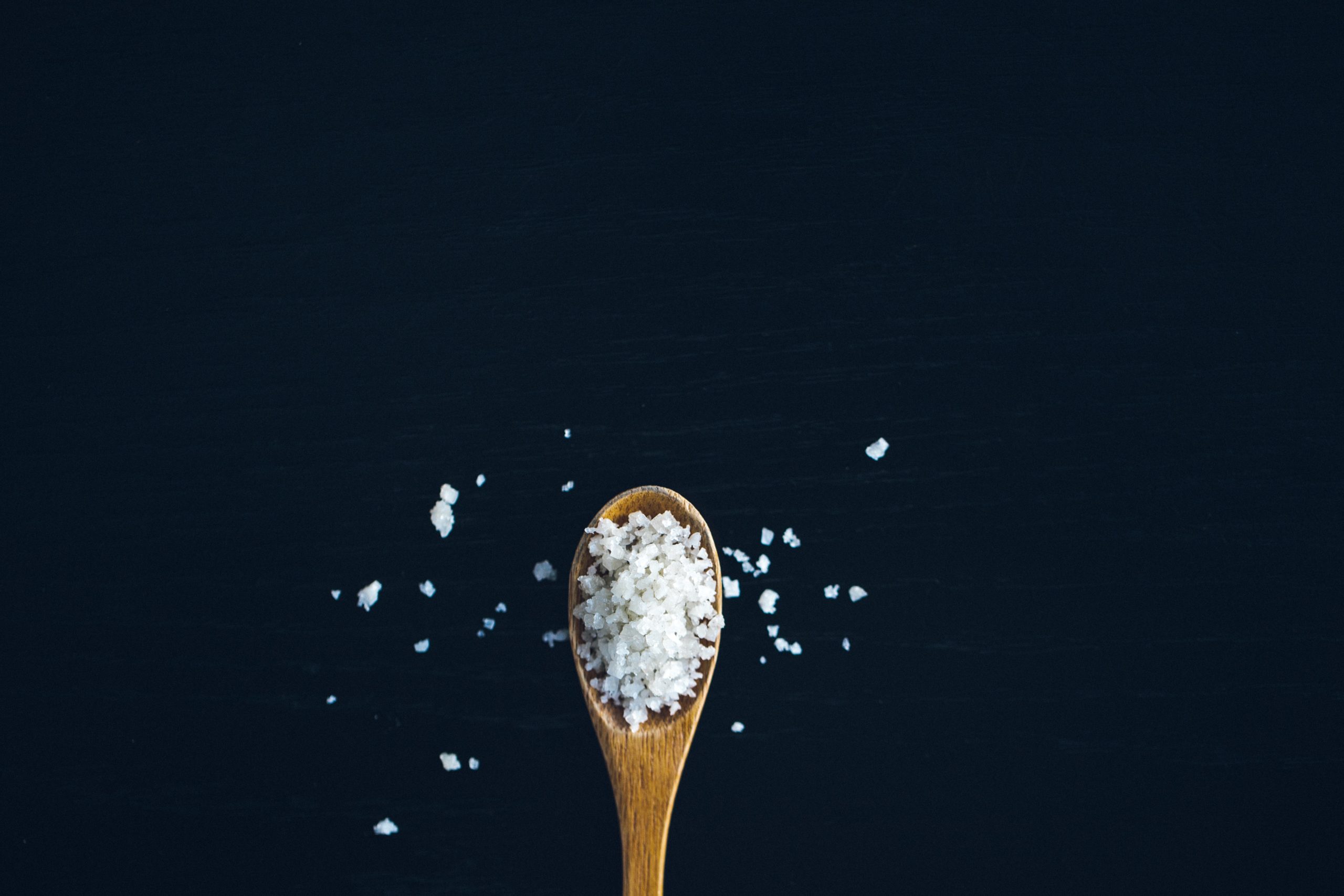FDA guidelines state that US adults should consume no more than 2300 mg per day of sodium. This is considerably less than the current average sodium intake in the US, which is about 3400 mg per day. Estimates report that nine out of 10 adults and children in the United States consume sodium in excess. Thomas Frieden, Director of the Centers for Disease Control and Prevention, makes the consequence of excess salt consumption tangible, terrifying, and impossible to ignore:
“It is estimated that a decrease in sodium intake by as little as 400 mg per day could prevent 32,000 myocardial infarctions and 20,000 strokes annually. Reducing sodium intake by 1200 mg per day may reduce the number of people with hypertension by nearly 11 million. Over a decade, this reduction could prevent up to an estimated 500,000 deaths and may save an estimated $100 billion in health care costs.”
From the prospective of a medical student, sodium consumption seems like a high yield topic to counsel patients on, and to educate them about some of the harmful effects of excess sodium consumption, as well as the potential benefits of reducing their intake. This might be naïve thinking, but placing the information in the hands of the individual — the consumer — can be a good way to tackle a problem as widespread and seemingly well-defined as this.
Cardiovascular disease is the leading cause of death in the United States and hypertension is a major risk factor for cardiovascular disease. It is estimated that in the United States about 1 in 3 adults suffer from hypertension. It has been established that increased sodium intake is associated with increased blood pressure, but is the link strong enough to conclude that increased sodium intake causes cardiovascular disease?
According to a recent review in the New England Journal of Medicine, this is a surprisingly difficult question to answer. Much of the difficulty comes from the potential for error in measuring individuals’ sodium levels because they fluctuate throughout the day. Population studies, however, have clearly shown that sodium reduction can help decrease cardiovascular disease incidence.
Some studies have suggested that too much of a decrease in sodium intake can actually increase cardiovascular risk. However, methodological issues with these studies have been well documented, including the inaccurate measurements of normal sodium intake in individuals and the short duration of follow-up. A frequent issue in epidemiological studies, short duration of follow-up often contributes to confounding of meaningful relationships. For example, on a population level, sodium intake is highly correlated with overall calorie intake. Therefore, some individuals might not consume much sodium because they don’t consume many calories, as is the case with individuals who are suffering from a serious illness. These individuals may contribute too much to overall number of deaths if follow-up is short, whereas their influence is attenuated as follow-up is extended.
Public health interventions undertaken in other countries help to further shine light on the potential role for decreasing sodium in reducing incidence of cardiovascular disease. In England from 2003-2011, average salt intake decreased by 1400 mg per day, which represented a 15% salt intake reduction. In the same period, mortality from stroke decreased by 42%, and from ischemic heart disease by 40%. The data from this study was taken from the Health Survey for England, which is an annual survey of individuals living in private English households. There were other changes in the population that likely also contributed to reductions in mortality, including decreased smoking rates and increased consumption of fruits and vegetables. Nonetheless, there is strong evidence that decreased salt consumption was a major player. Another notable example of community-based intervention to reduce salt intake and hypertension took place in North Karelia, Finland, beginning in the 1970s. The improvements in blood pressure that followed the sodium reduction were remarkable.
In 2010, the National Institutes of Health released a comprehensive publication, “Strategies to Reduce Sodium Intake in the United States” which aimed to provide consumers with guidelines for salt reduction. Unfortunately, reducing sodium intake is not as simple as going easy on the saltshaker at dinner. More than 70% of sodium we consume is already in our food before we find it in front of us. The vast majority of our dietary sodium comes in the form of processed, packaged, or restaurant foods, which significantly complicates the consumer’s ability to have autonomy over his or her intake. Sodium is in breads, cheeses, meats, soups, and other foods that are often considered “healthy,” and don’t even taste salty. Public education aimed at improving nutrition label readability is an important strategy to decrease sodium intake, but should not be the only intervention. Over half of American adults have tried to reduce the amount of sodium in their diet, and equally as many would support government intervention.
How do we approach this issue? With nine out of 10 Americans consuming too much sodium and over 70 million people suffering from hypertension, physicians, government and industry must develop a joint public health intervention. As much as health care providers can help solve this sodium overload by educating our patients about the deleterious effects of salt on their health, a truly effective campaign to lower national salt intake will require the food industry to get on board.
The New York City Health Department mandated a new warning label for food items that contain 2300 mg or more of salt, at chain restaurants with 15 or more locations. Take Chipotle for example, where a single burrito can contain an entire day’s worth of sodium. The new labeling mandate is a step in the right direction, but 2300 mg per day is an alarmingly high threshold for reporting and applying the regulation only to businesses with 15 or more locations further limits the new rule’s impact.
Some large food corporations like Kraft, Mars, and Campbell’s, too, have sounded the sodium alarm bell and are working to reduce their products’ content, even without government mandate.
Ultimately, it will take a synchronized effort — the public understanding the effects of the sodium in the food they eat, consumers demanding lower sodium in their purchase options, the government setting out goals and guidelines for sodium reduction in food production, and the food industry responding to these coordinated calls for change — to reduce the salt in our food. Thomas Frieden has already called for more members of the food industry to get on board with voluntary targets for lowering sodium.
The good news is, our taste for salt in our food is not fixed; studies have shown that eating less salt leads to higher salt sensitivity, meaning that we can recalibrate our palates to continue to enjoy seemingly salty foods, even if they actually contain less salt.
- Like Mother, Like Daughter: a reflection on a study - September 10, 2018
- Lightly Salted: The Food Industry and Public Health - November 20, 2016
- The Blame Game: The Sugar Industry and Coronary Heart Disease - September 22, 2016




